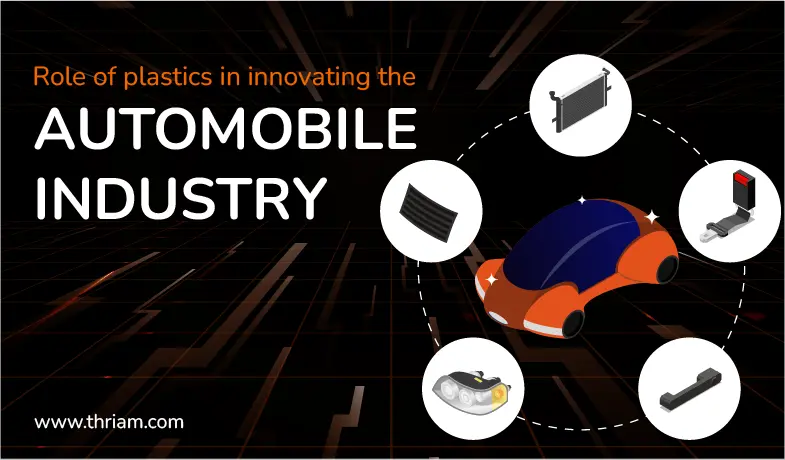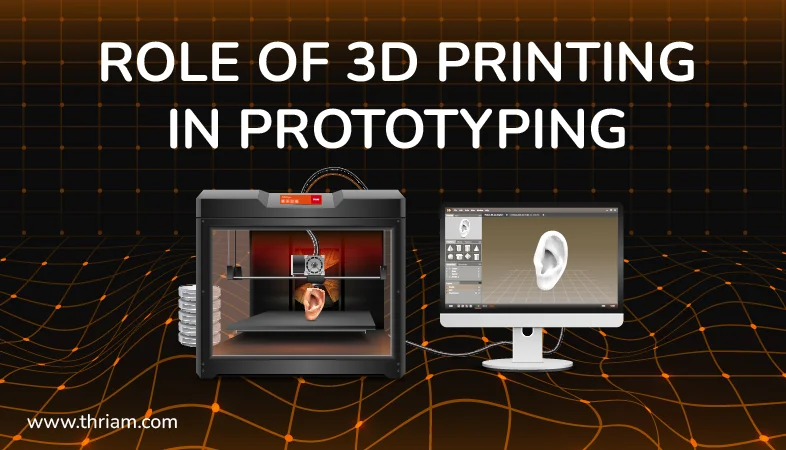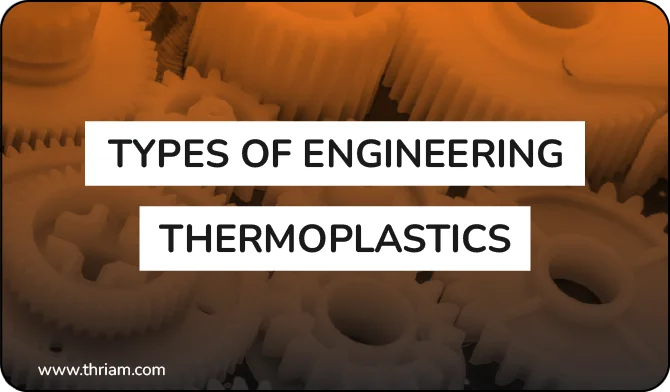The Benefits of Using Plastic Parts in Scooters and the Manufacturing Process
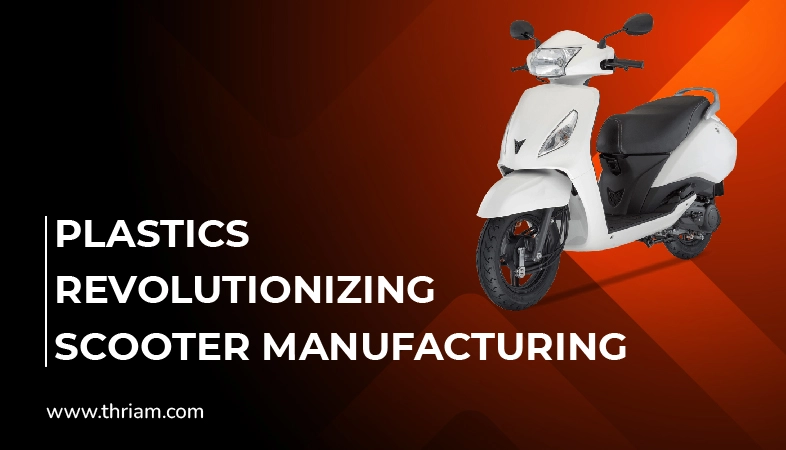
I. Introduction
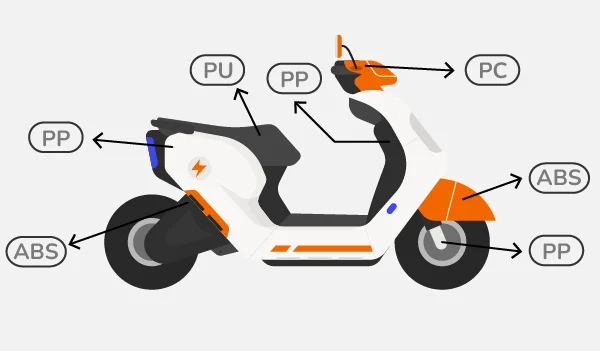
Plastic parts have become an integral part of scooter manufacturing, revolutionizing the industry in many ways. From enhancing performance to reducing costs, plastic parts offer a wide range of advantages.
Plastic parts have become an essential component of modern scooters, playing a crucial role in their design, performance, and overall functionality. The widespread use of plastic parts in scooters has transformed the industry, providing numerous benefits and enhancing the riding experience for users.
One of the significant reasons for incorporating plastic parts in scooters is their lightweight nature. Compared to traditional metal components, plastic parts significantly reduce the overall weight of the vehicle. This reduction in weight improves maneuverability, making the scooter easier to handle while ensuring better control and stability. It also results in lower energy consumption, allowing for more extended rides without depleting the battery quickly.
Moreover, plastic parts offer excellent durability and impact resistance. These properties are vital for scooters, which are often subjected to various road conditions and external elements. Plastic parts can withstand the shocks and vibrations encountered during rides, ensuring a longer lifespan for the scooter. Their flexibility also helps in absorbing impacts, reducing the risk of damage to other critical components.
Another significant advantage of plastic parts in scooters is their cost-effectiveness. Plastic is generally cheaper to produce and manufacture than metals, making it an economical choice for scooter manufacturers. The injection molding process used to create plastic parts allows for high-volume production, reducing labor costs and minimizing material waste. This cost-effectiveness translates to more affordable scooters for consumers, making them accessible to a broader audience.
The use of plastic parts also enables easy mass-production of scooters. The injection molding process provides consistent quality and precision in producing identical parts. This uniformity in manufacturing ensures that each scooter is built to the same specifications, maintaining a high level of reliability and performance across the product line. Additionally, the ease of mass-producing plastic parts helps manufacturers meet market demands efficiently, ensuring an adequate supply of scooters for consumers.
Furthermore, plastic parts in scooters exhibit excellent resistance to corrosion and weathering. They can endure exposure to moisture, sunlight, and chemicals without deteriorating, making them ideal for outdoor use. In various climate conditions, plastic parts remain structurally stable and maintain their functionality, reducing the need for frequent maintenance or replacements. This resistance to corrosion and weathering significantly increases the scooter's durability and ensures a longer service life.
In this blog post, we will explore the benefits of using plastic parts in scooters and delve into the manufacturing process behind creating them.
II. Materials Used for Plastic Parts in Scooters

Plastic materials are widely used in the production of scooter parts due to their versatility, durability, and cost-effectiveness. Different types of plastic materials offer unique properties and advantages for scooter manufacturers. Here are some of the most commonly used materials:
- Polypropylene (PP): Polypropylene is a thermoplastic polymer that offers excellent chemical resistance, durability, and fatigue resistance. It is commonly used in the production of scooter body panels and other outer components due to its lightweight nature and ability to withstand wear and tear.
- Acrylonitrile butadiene styrene (ABS): ABS is a versatile polymer that is known for its high impact resistance, strength, and toughness. It is commonly used in the production of scooter bodywork, as well as interior components like dashboard covers and trim pieces.
- Polycarbonate (PC): Polycarbonate is a thermoplastic polymer that offers excellent impact resistance, light transmission, and optical clarity. It is commonly used in scooter windscreens and other transparent components.
- Polyethylene (PE): Polyethylene is a widely used plastic material due to its low cost, light weight, and excellent resistance to moisture. PE is commonly used in the production of scooter fuel tanks and other containers.
- Polyurethane (PU): Polyurethane is a thermoplastic material that is known for its resistance to abrasion, oils, and chemicals. It is commonly used in the production of scooter seats, handlebar grips, and other components that require high levels of comfort and durability.
- Polyoxymethylene (POM): POM is a high-strength thermoplastic polymer that offers excellent stiffness, creep resistance and low friction. It is commonly used in production of scooter gears, bearings, and other mechanical components.
- Thermoplastic Elastomers (TPE): TPEs are a group of versatile materials that combine the properties of rubber and plastic. They are commonly used in scooter components that require flexibility, elasticity and slip resistance such as handlebar grips, foot rests, and kickstands.
These are just a few examples of the many types of plastic materials that are used in the production of scooter parts. The choice of material will depend on the specific requirements and properties needed for the particular component, as well as factors such as cost, durability, and manufacturing feasibility. With the wide range of plastic materials available, scooter manufacturers can create high-quality components that are both functional and aesthetically appealing.
III. Manufacturing Process for Plastic Parts in Scooters
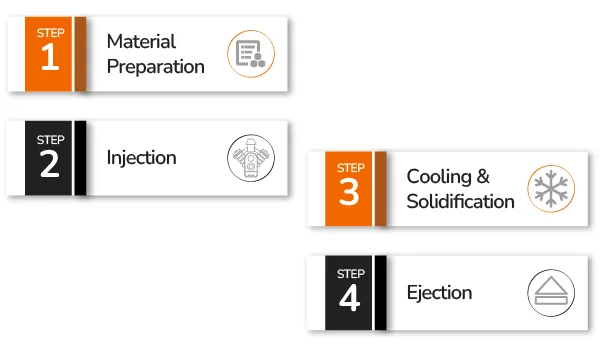
The manufacturing process for plastic parts in scooters involves a series of precise steps to ensure quality and precision in the final product. This process combines technology, engineering expertise, and innovative techniques to produce plastic parts that are both functional and aesthetically appealing.
The first stage of the manufacturing process is the design phase. Using Computer-Aided Design (CAD) software, engineers create a 3D model of the desired plastic part. This step allows for the visualization and fine-tuning of the design, ensuring that it meets the specific requirements and specifications.
Once the design is finalized, the manufacturing process moves on to the next step: injection molding. Injection molding is widely used in the production of plastic parts due to its efficiency and versatility. The process involves the following key steps:
- Material Preparation: The selected plastic material, commonly polypropylene (PP), polyethylene (PE), or acrylonitrile butadiene styrene (ABS), is fed into a hopper in the injection molding machine. The plastic material is then heated and melted to a controlled temperature for efficient flow and molding.
- Injection: The molten plastic material is injected into a mold cavity using a specially designed injection unit. The mold consists of two halves: a stationary side and a movable side. The molten plastic fills the cavity, taking the shape of the desired part.
- Cooling and Solidification: Once the mold cavity is filled, the plastic is allowed to cool and solidify. Cooling can be achieved using a variety of methods, such as the circulation of chilled water or the application of cold air. The cooling time is carefully controlled to ensure that the plastic solidifies evenly and attains the desired properties.
- Ejection: After the plastic has solidified, the mold opens, and the part is ejected from the cavity. Ejection pins or ejector plates are used to push the part out of the mold without causing any damage. This step is crucial to ensure the efficient and safe removal of the plastic part.
Following the injection molding process, additional finishing techniques are employed to refine the plastic parts. These techniques may include trimming excess plastic, deburring edges, and removing any imperfections. Surface textures or finishes can be added to enhance the appearance and grip of the scooter parts. Additionally, post-processing treatments such as painting, printing, or applying decals are often used to add branding or decorative elements to the plastic parts.
Quality control measures are integrated throughout the manufacturing process to ensure that the plastic parts meet the required standards. These measures include inspection of the molds, in-process checks, and final inspections of the finished parts. This meticulous quality assurance process guarantees that every plastic part meets the specified dimensions, tolerances, and structural integrity.
IV. Advantages of Using Plastic Parts in Scooters
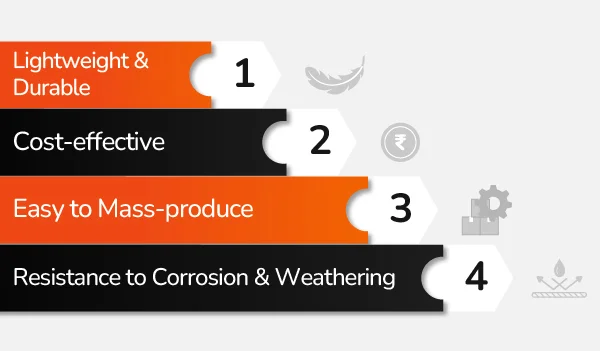
The use of plastic parts in scooters provides numerous advantages for manufacturers and users alike.
- Lightweight and Durable: Plastic parts significantly reduce the weight of scooters compared to traditional metal components. This lightweight nature enhances maneuverability and agility while reducing energy consumption. Moreover, plastic parts are known for their durability, ensuring a longer lifespan for the scooter.
- Cost-effective: Plastic parts are generally more cost-effective to manufacture than their metal counterparts. The molding process allows for high volume production, reducing labor and material costs. Additionally, plastic materials are often cheaper than metals, further contributing to cost savings.
- Easy to Mass-produce: The injection molding process used to create plastic parts in scooters allows for high-volume production with consistent quality. This makes it easier and faster to meet market demands and ensures uniformity in the manufacturing process.
- Resistance to Corrosion and Weathering: Plastic parts in scooters display exceptional resistance to corrosion and weathering compared to metal parts. This makes them well-suited for outdoor use, even in challenging weather conditions. Plastic parts can endure exposure to moisture, sunlight, and chemicals without deteriorating.
V. Conclusion
In conclusion, the benefits of using plastic parts in scooters cannot be overstated. From improved performance to cost-effectiveness and ease of mass-production, plastic parts have transformed the scooter industry. Their lightweight, durable, and corrosion-resistant properties make them an excellent choice for scooter manufacturers and users alike. As technology continues to advance, we can expect further refinements and innovations in the manufacturing process, leading to even more advanced and reliable plastic parts for scooters.
